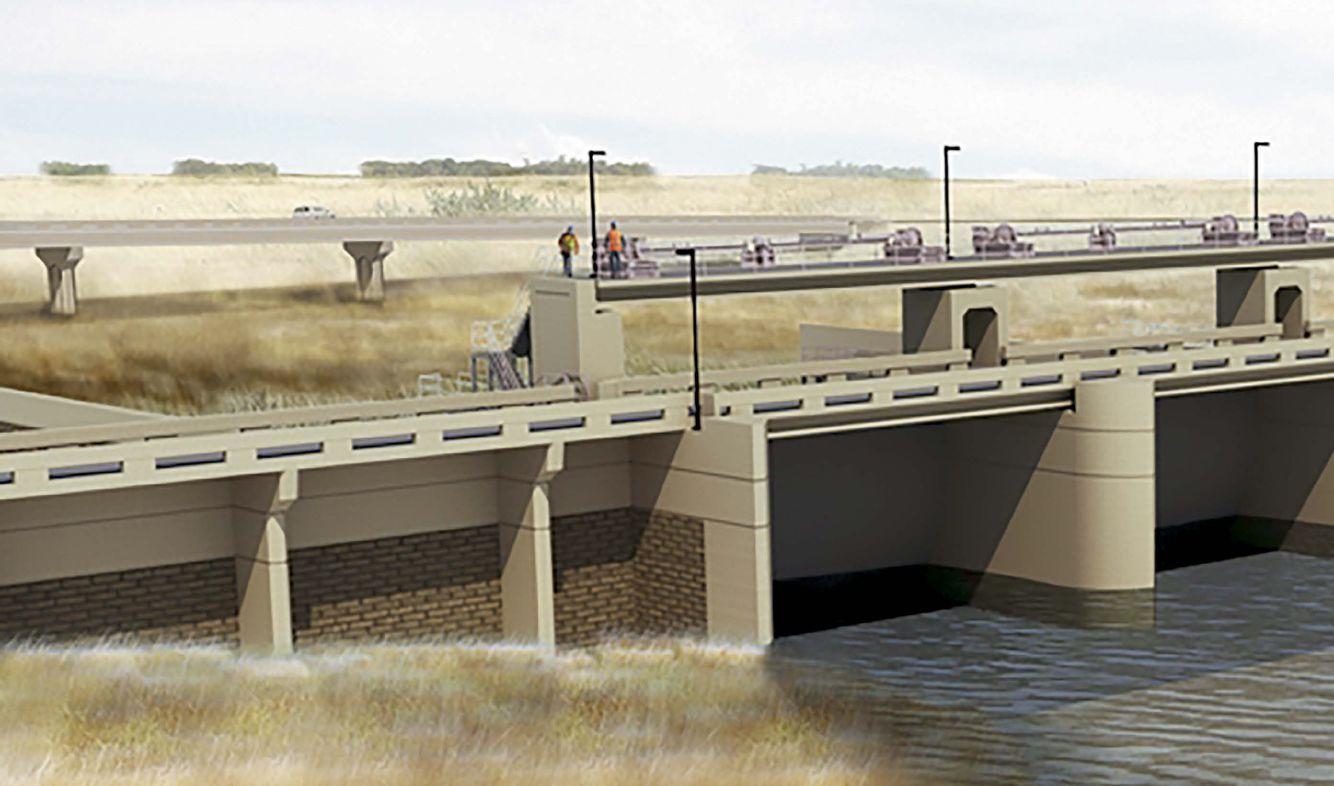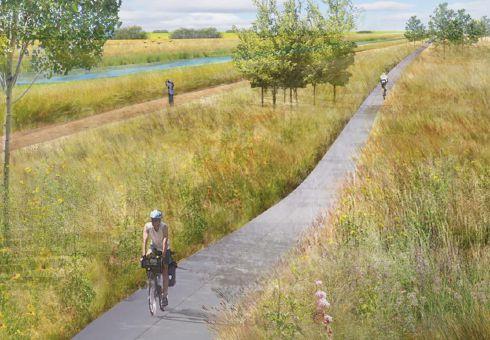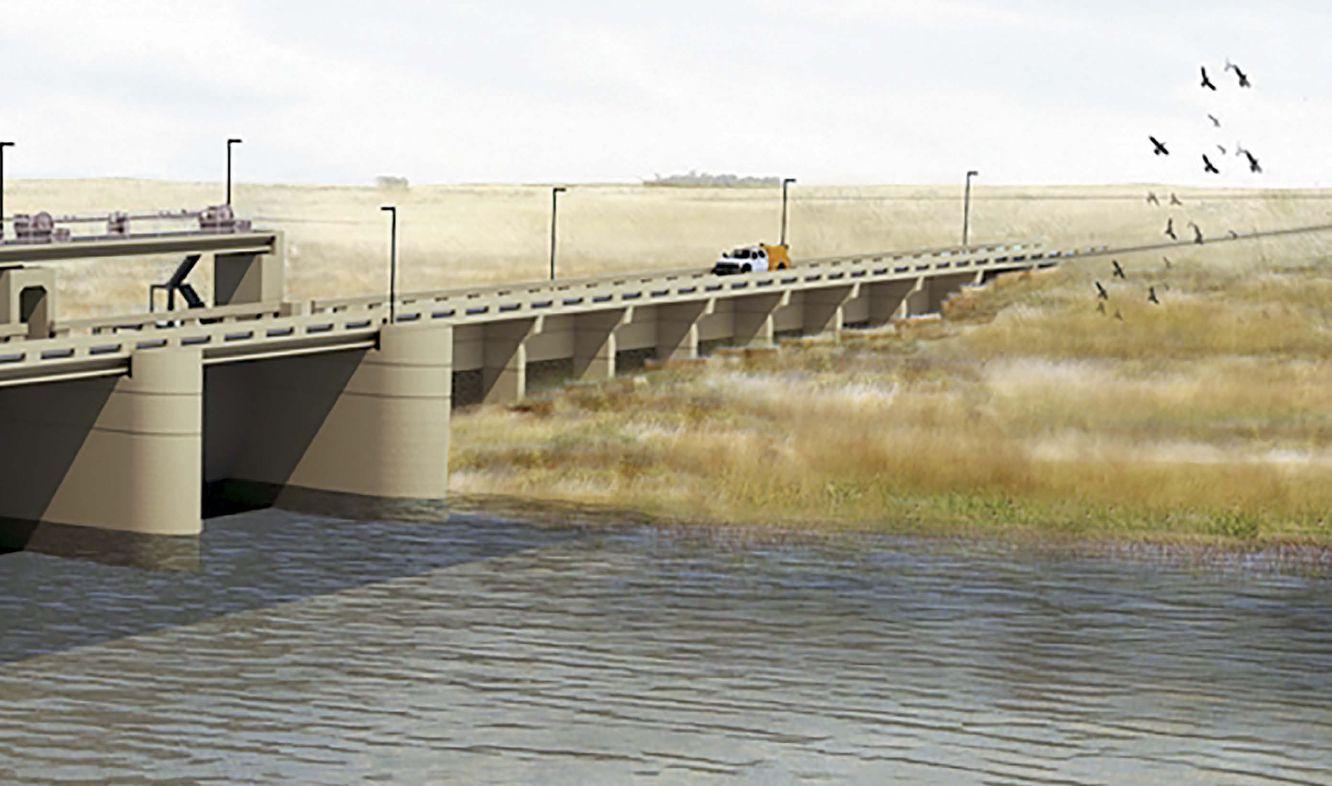
1 minute read
A diversion
By Tom Dennis
In this Q&A, planners discuss how engineers are meeting key challenges of one of America’s most significant public-works projects: The F-M flood diversion
Editor’s note: In December, the Minnesota Department of Natural Resources granted a conditional permit for the Fargo-Moorhead flood diversion project. Though the project still faces legal challenges from upstream opponents, the permit represents a milestone that significantly boosts the odds of the project being completed.
Engineering firm AE2S is a member of the Project Management Consultant team, which is responsible for the diversion project’s overall direction and management. Eric Dodds, an engineer and AE2S program manager, and Rocky Schneider, an AE2S public affairs strategist, work almost full-time on the project; and in January, they sat down in Fargo with Prairie Business to answer questions about key aspects of the diversion.
A. Q.
TELL US ABOUT THE PUBLIC-PRIVATE PARTNERSHIP, OR P3.
Eric Dodds: The project is being delivered by what we call a split delivery. The embankment or dam on the south end will be delivered by the Army Corps of Engineers. Meanwhile, the channel and all of the bridge crossings will be delivered using this P3 model. So, the P3 developer ultimately will be responsible for finalizing the design, submitting their designs to the Diversion Authority for review, then building the channel and operating it for 30 years.
They also will be responsible for bringing some financing.
Q. THE PRIVATE PARTNER WILL OPERATE, BUT THE DIVERSION AUTHORITY WILL OWN, THE CHANNEL? A.
Dodds: Right. The Diversion Authority basically is hiring this private developer/private partner to finish the design and then to build, operate and maintain the channel for 30 years. The private party will get paid back over those 30 years.
THE BANKS OF THE FARGO-MOORHEAD DIVERSION CHANNEL WILL BE DESIGNED TO ACCOMMODATE BIKE TRAILS AND OTHER RECREATIONAL AMENITIES, AS THIS ARTIST'S RENDERING SHOWS. IMAGE: F-M DIVERSION AUTHORITY











